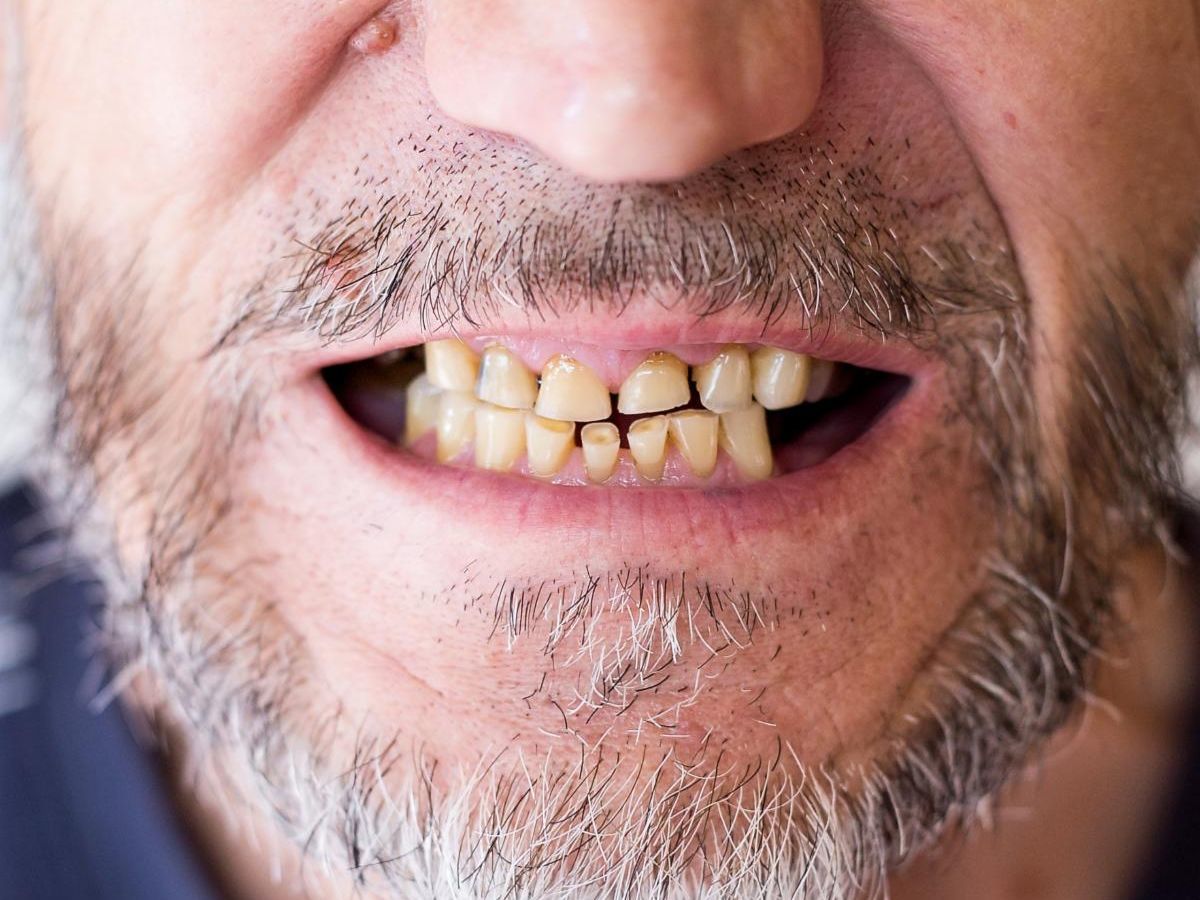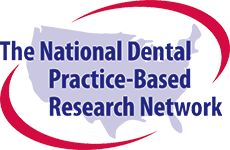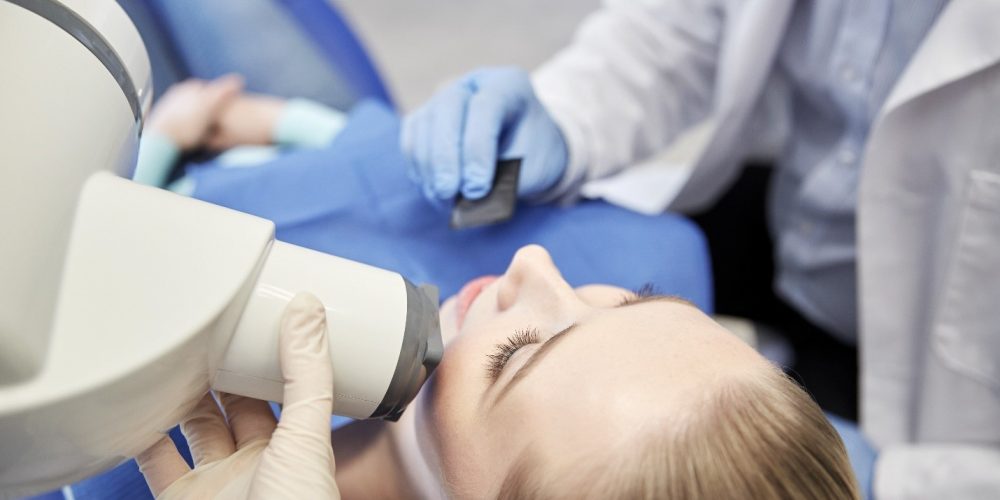Our latest Quick Poll results Participants shows Network dentists are driven by their dedication to improving patient care and keeping up with the latest clinical advancements. However, they face challenges such as time constraints and difficulties with patient recruitment.
Quick Poll Results COVID 19

COVID-19 pandemic and tooth and restoration fractures
Drs. Paul Benjamin, Barry Dale, and Bill Calnon, on behalf of the Northeast Node Practitioner Advisory Committee Collaborators: Dr Cyril Meyerowitz, and Dr. Joana Cunha-Cruz
Introduction
Stress and isolation driven by the COVID-19 pandemic and the continued emergence of variants have affected mental health, but dentists report that this is also taking a toll on oral health. Based on anecdotal reports, they say that pandemic-related stress has increased bruxism and clenching, resulting in an increase in tooth and restoration fractures. 1,2,3
We asked members of the National Dental Practice-based Research Network about their experiences and perceptions related to increases in the occurrence of complaints related to bruxing or clenching and tooth fractures and management strategies for these conditions.
Methods
Study Design and Participants:
This is a cross-sectional survey with dental practitioners, members of the National Dental Practice-Based Research Network in the United States.
Data collection:
Members of the network were invited to participate in an online survey through email and social media channels. Two email invitations were sent to all members: one in the network’s monthly newsletter sent on June 30, 2022, and one as a follow-up email sent on July 25, 2022. The Quick Poll was announced on the network’s social media accounts (Twitter, Facebook and Instagram). The Quick Poll was open from June 30 until July 29, 2022. The survey page was opened 783 times, and completed 344 times.
Measures and Data Analysis:
The survey content included five questions. We asked the dental practitioners if there was an increase, decrease or no change in patient complaints about bruxing or clenching their teeth, tooth and/or restoration fractures, and the fabrication of occlusal guards and fracture-related crowns/restorations. We also asked which devices they used to diagnose fractures.
The data were collected through a web survey in Constant Contact, a digital and email marketing platform. Data were analyzed using descriptive statistics in Stata/SE 17.
Results
Of the 344 complete submissions, 25 were duplicates and were excluded. The final sample size was 319.
The vast majority of practitioners reported that patients’ complaints about bruxism increased (77%), and 22% reported that it stayed the same. Only 1 practitioner considered that it decreased and 4 that they didn’t know.

Figure 1. Quick Poll results about patient complaints.
The majority of respondents also considered that tooth and/or restoration fractures increased (73%), and 24% reported that it stayed the same. Only 1 reported that it decreased and 10 that they didn’t know.

Figure 2. Quick Poll results about tooth and restoration fractures.
When queried about fabrication of occlusal guards, 63% reported that it increased, 33% that it stayed the same. Findings were similar for fabrication of crowns and restorations due to fractures: 65% reported that it increased and 29% that it stayed the same. Seven percent did not answer this question either because they didn’t know or because they did not fabricate crowns.


Figure 3. Quick Poll results for fabrication of occlusal guards and crowns or restorations.
When queried about their diagnostic tools and devices for identifying tooth fractures, in addition to mirror and explorer (95%), the majority of practitioners reported using “Tooth Slooth” or bite stick (84%). This was followed by transillumination (64%), dental loupes with 2-4x magnification (55%). Less frequent devices used were dye stain, loupes with greater than 4x magnification, microscope and other.

Figure 4. Quick Poll results for devices used to diagnose tooth and restoration fractures.
References
- Lubisich E B, Hilton T J, Ferracane J. Cracked teeth: a review of the literature. J Esthet Restor Dent 2010; 22: 158-167.
- Emodi-Perlman A, Eli I, Smardz J et al. 2020. Temporomandibular disorders and bruxism outbreak as a possible factor of orofacial pain worsening during the COVID-19 pandemic – concomitant research in two countries. J Clin Med 2020; 9: 3250.
- Roth M. Coronavirus is leaving more people with cracked teeth, dentists say. The Independent 30 September 2020. Available at: https://www. independent.co.uk/news/world/americas/coronavirus- cracked-teeth-pandemic-stress-b704417.html (accessed 20 February 2021).
Highlights
The majority of the practitioners considered that bruxism complaints and tooth or restoration fractures increased since the start of the pandemic (77% and 73%).
Fabrication of bruxism-related occlusal mouthguards and fracture-related crowns/restorations also increased as reported by the practitioners (63% and 65%).
In addition to mirror and explorer, practitioners most frequently use “Tooth Slooth”, bite stick or similar devices to diagnose tooth fractures (84%), followed by transillumination (64%), and dental loupes with 2-4x magnification (55%).
Table 1. Perceptions of dental practitioners with frequency of patient complaints about bruxism and tooth/restoration fractures since the start of the COVID-19 pandemic: National Dental Practice-Based Research, 2022.
Interested in Becoming a Member?




